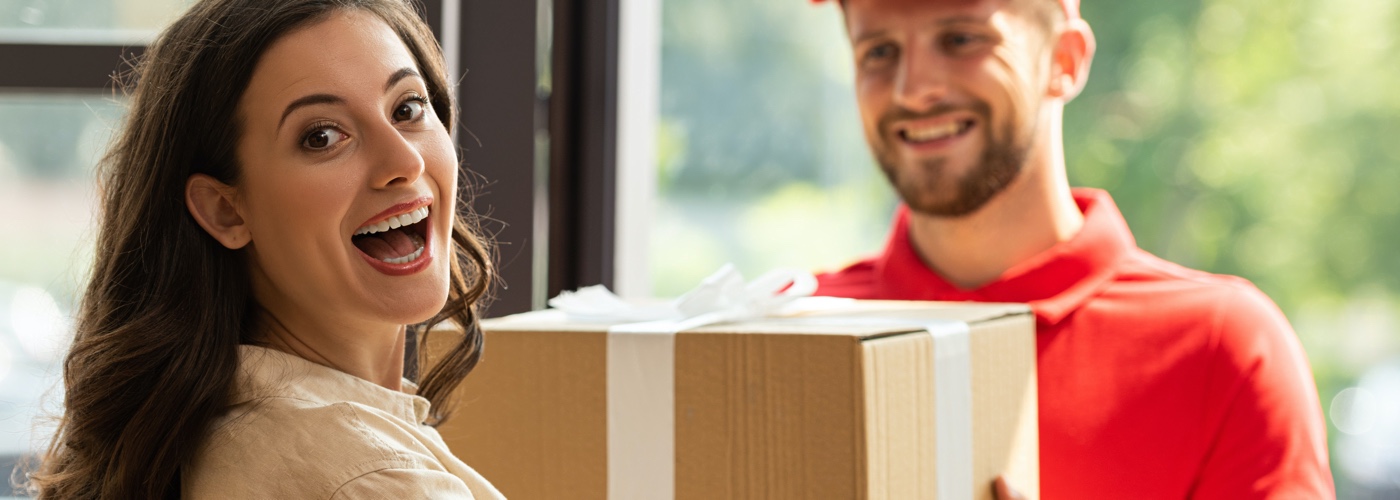We will gladly inform you as soon as the article is available again.
Suitable for this article

If you have any further questions about this article, please feel free to contact us using the form below.
Find your correct shoe size
Example: Measured lenght 270 mm
approx. add 3-5 mm -> Total length app. 273-275 mm
Sole Runner size
Größe casual shoes: size 42 / Mocassins*: size 41
The width is the FOOT CIRCUMFERENCE
| Size Mocassins (narrow) | Size Casual shoes | Kids: Size and width |
| mm inch | mm inch | mm inch Weite |
| 36 243 9,6 | 36 234 9,2 | 25 160 6,3 181 7,1 |
| 37 250 9,8 | 37 241 9,8 | 26 167 6,5 185 7,3 |
| 38 256 10,1 | 38 247 10,1 | 27 173 6,8 189 7,4 |
| 39 263 10,3 | 39 254 10,6 | 28 180 7,0 193 7,6 |
| 40 270 10,6 | 40 261 11,0 | 29 187 7,3 197 7,7 |
| 41 276 10,7 | 41 267 11,5 | 30 193 7,6 201 7,9 |
| 42 283 11,1 | 42 274 11,9 | 31 200 7,8 205 8 |
| 43 290 11,4 | 43 281 12,3 | 32 207 8,1 209 8,2 |
| 44 296,11,6 | 44 287 12,8 | 33 213 8,4 213 8,4 |
| 45 303 11,9 | 45 294 13,2 | 34 220 8,6 217 8,5 |
| 46 310 12,2 | 46 301 13,7 | 34 220 8,6 217 8,5 |
| 47 316 ,12,4 | 47 307 14,1 | 35 226 9 221 8,7 |
| 48 314 12,3 | ||
| 49 321 12,6 |
Care
Sole Runner® barefoot shoes should be maintained like the any other shoe.
For our styles, we use high-quality fabrics and leather as uppers.
When selecting fabrics and leathers, we make sure that the materials are water repellent.
Learn more about how materials are made hydrophobic and wha the difference is between waterproof and water-repellent check our Q&A site.
Nowadays, a wide variety of leathers are used for shoe uppers. Often it is not easy to distinguish between the different types of leather. In general, a distinction is made between pigmented smooth leather (surface-dyed), open-pore smooth leather (aniline leather), greasy leather and suede leather (nubuk, suede). We do not use pigmented leathers. These leathers are the most common, but the surface coloring covers the natural grain pattern.
Our leathers are colored throughout. With these so-called aniline leathers, the natural grain pattern is preserved. With this type of dyeing, the natural character of the leather is retained and is visible.
Of course, the leather expert in production tries to use leathers with the same appearance, so that the left and the right shoe look the same.
You can also recognize these leathers by the fact that the inside of the leather is also dyed. Since we use water soluble dye, it is possible that certain leathers, when wet from the outside or even from the inside, may stain slightly.
Find out more information about leather.
Smooth leather can be easily cared for with a polish and the water-repellent properties should be refreshed from time to time with the help of a waterproofing spray.
A nubuk or suede leather should not be polished. A spray is sufficient and with the somewhat rougher for sued we recommend to treat the material additionally with a suede brush.
These brushes are available in rubber or with a wire/plastic combination. Due to the incorporated wire, you should not use this brush for smooth leather or nubuk leather, because this gives scratches in the upper material.
The care products we offer can be found under care. Due to their somewhat rough properties, suede or nubuk leather are very easy to maintain and give the shoe a very special, almost velvety look.
Our shoes made of fabric can be easily cleaned with water. Except for a few models, they are synthetic materials that absorb little moisture and ensure quick drying. We wear our shoes with mesh uppers during water sports or sometimes during a river hike.
Some models are made of a cotton canvas upper. Cotton likes no moisture, so you should use water sparingly here.
The material descriptions are always on the article. It is also important with fabric shoes to maintain them again with a waterproofing spray to refresh the properties.
Please note that leather is a natural product. Spraying opens the pores and allows the waterproofing liquid to soak in. Therefore, it is recommended to impregnate leather shoes a few hours before wearing.
What to consider when choosing a shoe width?
A good barefoot shoe should not only be lightweight or have a thin out sole for optimal ground contact but also be cut wide to give the toes enough room to move freely and prevent foot restriction.
But also etiquette is important when you like to wear barefoot shoes for business or official purposes.
For kid’s shoes we have the width directly on our size chart.
For adults we have here some information for you:
Shapes of feet vary greatly—slim, wide, flat, or feet with a high instep. Many people also have foot deformities, injuries, hammer toes, or hallux valgus.
Slim feet with a high instep may need a wide shoe for more volume, while a strong, flat feet might need a wide or extra-wide shoe.
Etiquette also plays a role. You might prefer a chic moccasin, ballerina or a sandal for a professional or official settings, while a casual shoe like e.g. FX Trainer or T1 Allrounder suits other occasions.
Feet with hallux valgus can feel comfortable in either a soft suede moccasin or a wide-cut canvas shoe.
To help with choosing the right width, here are our width measurements for different lasts starting with size 36, increasing by about 4mm per shoe size:
- Narrow Last: 214mm
- Normal Last: 224mm
- Wide Last: 230mm
- Extra Wide Last: 238mm
These measurements are based on the circumference from the small to big toe joints. Whether you need a casual, sport, or business shoe, you’ll find the right SOLE RUNNER® barefoot shoe for you. If you’re unsure about the width, use our width filter on the product pages to guide your choice.
How to measure the width
As our feet are three-dimensional, it is best to measure the circumference of the feet.
To measure the circumference, place a measuring tape around your foot. Approximately from the joint of the little toe to the joint of the big toe.
It’s best to stand while measuring to ensure an accurate result. This will give you the correct foot circumference for choosing the right shoe width.

